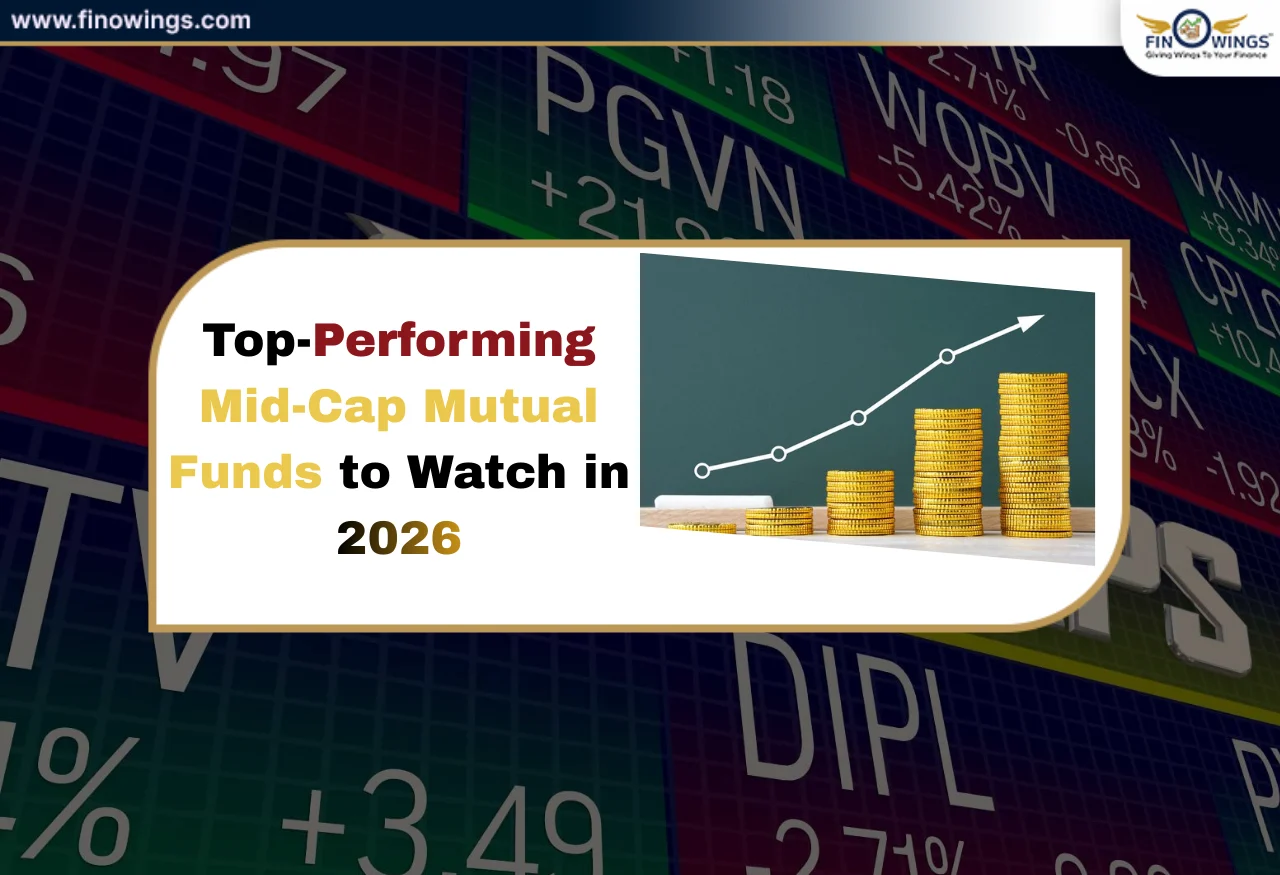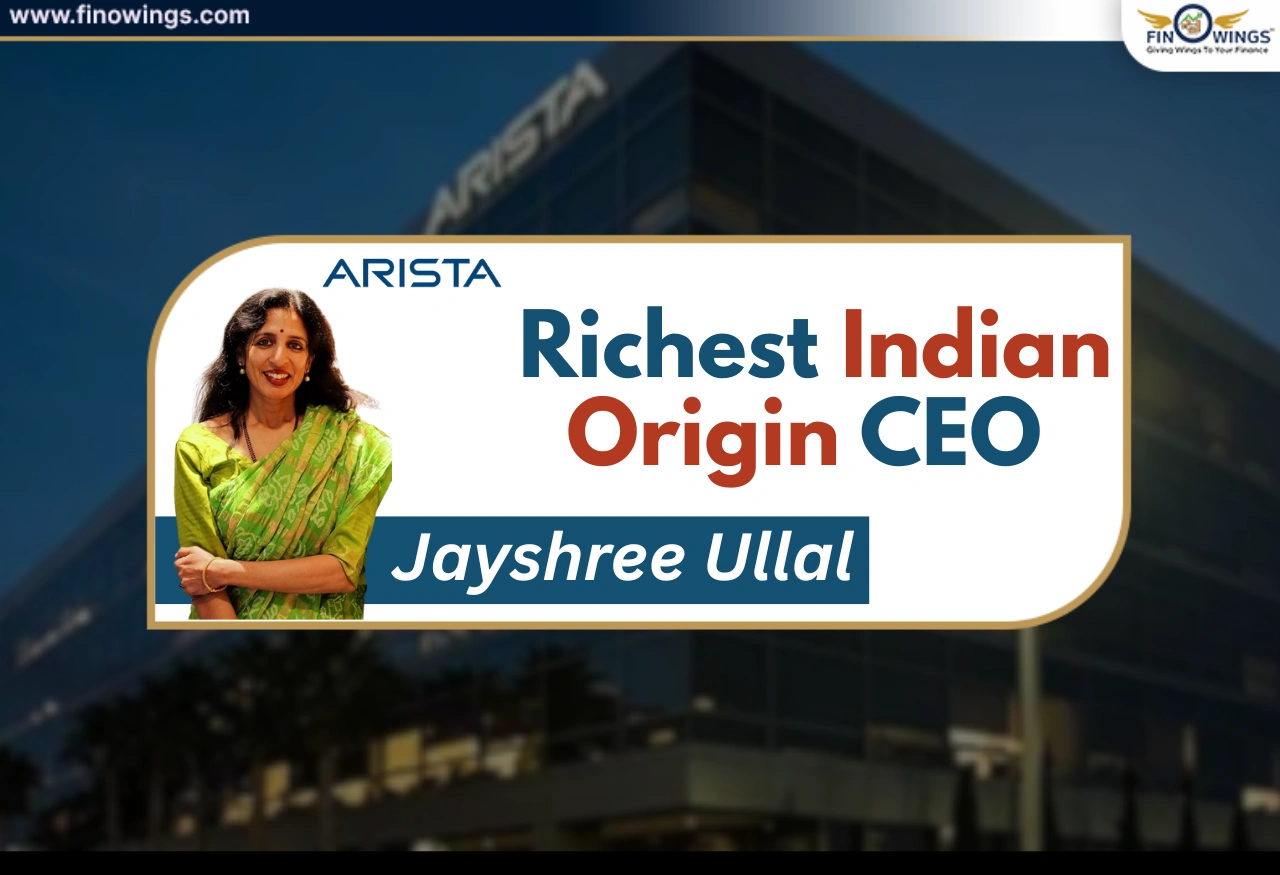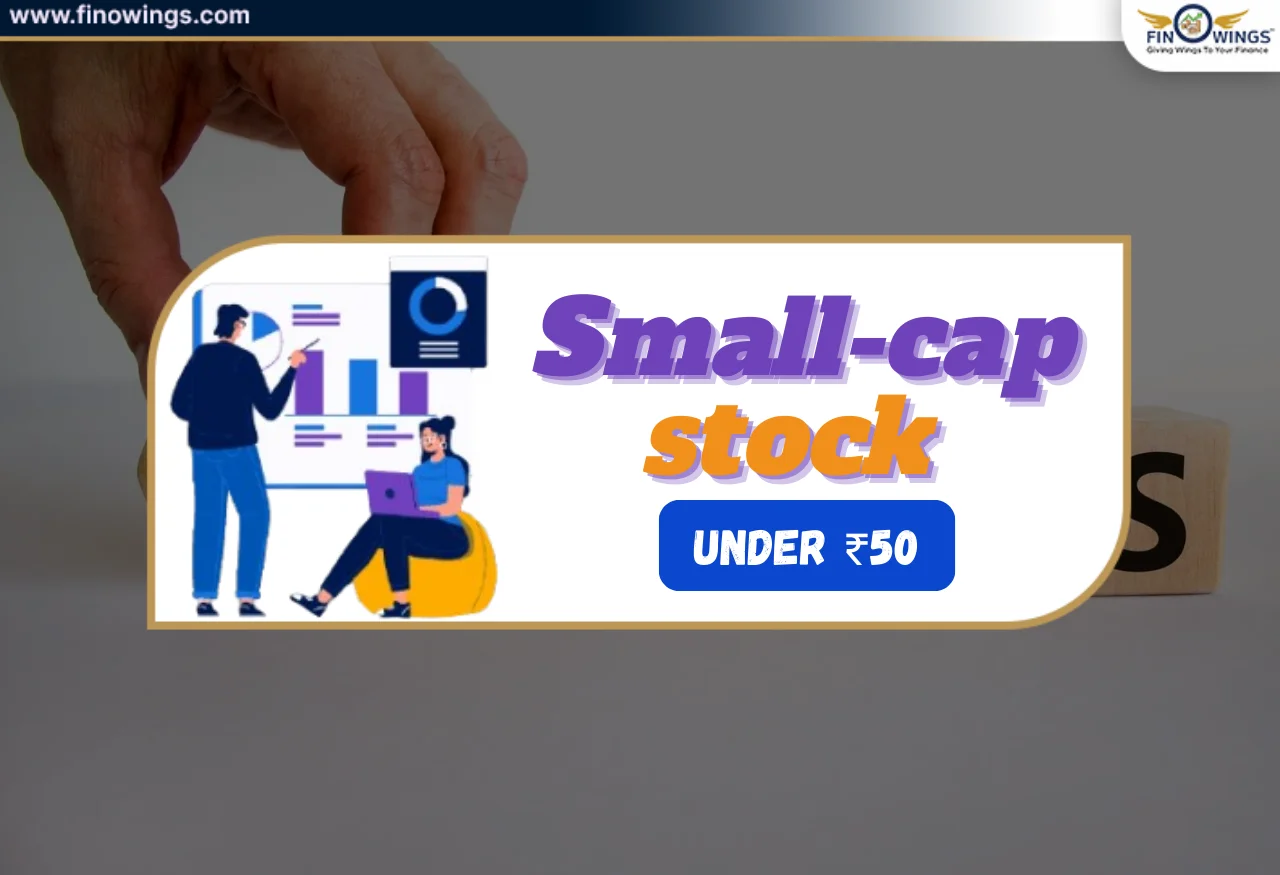Home >> Blog >> 10 Key Factors to Check Before Buying a Stock
10 Key Factors to Check Before Buying a Stock

Table of Contents
- Stocks are generally bought in the stock market for two purposes
- How to Select Stock for Investing
- Understand the business of the company
- EPS – Earning Per Share
- P/E Ratio – Price Earning Ratio
- P/E Ratio = ₹200 / ₹10 = 20
- RoE and RoCE
- Debt on Company
- Dividend
- Information about the management of the company
- Check Shareholding Pattern
- Conclusion – How to choose Share
Remember one thing: wherever it comes to earning money, there is no shortcut; you have to work hard for it. You also have to work hard to make money from the stock market.
Most retail investors in the Indian stock market never think about how to choose a good stock. So most of the shares here are bought based on Stock Tips only.
Buying shares just by assuming a tip from someone can give you a loss. But on the other hand, if shares are bought and sold based on recommendations, everyone will become rich from the stock market. That's why you must correctly understand the share market's maths while selecting the Share.
Stocks are generally bought in the stock market for two purposes
Trading (buying and selling stocks regularly)
Investing (Investing in shares for the long term)
In This blog, I will tell you some essential points for investing, with the help of which you can choose the best Share for your investment. In addition, you can find out which company's shares to buy.
How to Select Stock for Investing
Identify the correct sector
There are 5000+ companies listed in the stock market. It can be difficult for you to choose the best stocks among them. First, identify the sector where you see the growth potential—sectors like Banking, Pharma, FMCG, etc.
Neglect companies that carry outdated products with the changing spans. For example, there is no future for the typewriter or DVD player maker. Instead, always choose such a sector or company which has the potential to grow business in the future. For this, you must comprehend the business of the corporation. Then, consider the products made by that corporation; will individuals use them even after 15 to 20 years?
Understand the business of the company
Numerous investors buy shares of any company based on stock tips without thinking. They don't even know what business the organization does. Buying shares of a company implies that you are investing your money in that business. Therefore, you should know what the company is doing with your money. If you do not understand the company's business properly, then you will not understand the work done by the company and the product changes. Because of this, you may face difficulty forecasting the business's present and future conditions.
So always keep these things in mind -
- What business is the company doing?
- What are the company's products available in the market, or what services is the company providing?
- Who are the company's target consumers?
Balance sheet- Look at Company Reserve and Surplus, in this; you will see whether there has been a decrease in Company Reserve and Surplus for the last few years. Therefore, it is in the company's interest to increase its reserve and surplus.
See the trend of the company's liabilities. If the disservices are shorter, then it is considered proper. Check the value of Fixed Assets & Current Assets of the company.
In the last 3-5 years, see if there has been any decline in their value. Income Statement or P&L Account
You see the sales data for the last 3-5 years. If there is an increase in sales, people are interested in the company's products. Look at the company's net profit.
Check out the details of the last few years in Net Profit. If yields increase yearly, these are great for the company's stock. Cash Flow Three types of activities lead to cash flow in any company.
1. Operating
2. Investing
3. Financing.
Positive cash flow is necessary for the smooth functioning of the company. Therefore, check the cash flow figures of the last few times. There should also be some amount of free cash flow in the company. Free Cash Flow is the free cash left over after the company's cash outflow. The higher it is, the more beneficial it will be to the business.
EPS – Earning Per Share
EPS means how many shares each Share of the company will get out of the net profit of the company. EPS is instantly bonded to the profit of the company. If the EPS is good, the company is making good profits. It would be sufficient if you scrutinized the EPS perennial or monthly. Please do not invest in stocks with negative EPS.
P/E Ratio – Price Earning Ratio
P/E, i.e., Price to Earning Ratio. This Ratio is calculated by dividing the EPS by the market price of 1 share. P/E Ratio = Market Price Per Share / EPS In Example 1 above, X Ltd. The company's EPS is ₹10 per Share. If the current market price of this corporation is ₹ 200, then the corporation's P/E Ratio will be.
P/E Ratio = ₹200 / ₹10 = 20
This P/E Ratio – of 20 means you have to pay 20 times to earn ₹ 10 in a year. So you have to pay ₹ 200 for one Share. Here you see the company's P/E Ratio of 20.
How do you decide whether these shares are cheap or expensive? For this, you have to know the P / E of the industry or sector of the company concerned. Let's assume that X Ltd.
We are a company in the auto sector, and the auto sector is currently running a P/E of 30. This means that X Ltd. You are getting cheaper, considering the P/E of the industry.
A stock with a low P/E ratio is generally considered undervalued by most new investors, and a stock with a high P/E ratio is overvalued.
Of course, this is also partially true. But every stock with a low P/E ratio is not necessarily cheap. There can be two main casualties of a low P/E ratio.
Either the shares are undervalued, or there is no specific investor interest in the company. If the P / E Ratio of a company's Share is low, then definitely find out why that stock's low P / E.
RoE and RoCE
Both these ratios are considered the most important when selecting any company's shares. In addition, this Ratio tells you the return on equity or capital employed.
RoE – Return on Equity Ratio tells you how much money or return the company makes on its equity. Suppose ABC Ltd. I have a share capital of ₹100 and reserves of ₹100. The total equity of the company was ₹200. Let the net profit of the company be ₹ 200 this year. So here is ABC Ltd. The ROE of –
[RoE = Net Profit / Total Equity] ₹200 / ₹200 = 100%]
RoCE: Return on Capital Employed Ratio tells how much return the company has earned on its total invested money or investment. Suppose ABC Ltd. I have a share capital of ₹100 and reserves of ₹100. Apart from this, the company has also taken a loan of ₹ 100. Here the means employed by the company was ₹ 300. Suppose the company's EBIT (Earnings before interest and tax) was ₹ 250. So here the RoCE of ABC Ltd will be –
[RoCE = EBIT / Capital Employed] ₹250 / ₹300 = 83.33%]
Note- If you are looking for a company that does not have loans, you can see RoE. But if a company has taken a loan, then RoE in that company can give misleading information. Therefore, in a company that has Debt, you should always see RoCE in that company.
Debt on Company
When choosing shares in the stock market, how much Debt is there on the company must be seen. A company with more Debt must pay much interest on the loan.
If the company continues paying interest, its profits are negatively affected. Therefore, the company you are investing in should have at least Debt on that company. You can give more importance to a debt-free company.
As an investor, you can see the Debt-Equity Ratio of the company. If the Debt-Equity Ratio is less than 1, it is considered good. If this Ratio is zero, it is regarded as an ideal ratio.
Dividend
Companies with good financial conditions and profits pay dividends to their shareholders. Dividends can also be treated as regular income and increase share price. So, what is the dividend for the last five years? First, see whether the company is paying dividends regularly to its shareholders. Also, know the Dividend trend, whether the company has delivered more dividends to its shareholders according to the time.
Information about the management of the company
Any company's governance is believed to be the soul of that company. Good leadership can make the company's future brighter, while inefficient management can also bring down a good company.
Therefore, while selecting Share, you must get the correct information about the company's management. You should keep these points in mind about company management – You can get information about the management person's qualifications, prior experience, and tenure.
Check the company's website's vision, mission, and value statements. This will give you information about the company's objective and long-term vision. Get information about Share Buyback. If the promoters buy back the shares of their company from the public, they have faith in the company's business model and expect the company to perform well in the future.
Check Shareholding Pattern
The shareholding pattern of a company indicates who is holding the shares of the company. But, first, you must see how much of the Share is with the promoters. The more shares the promoters have, the better it is considered.
If the promoters have more shareholding, they are assumed to have confidence in the company's business. Promoters must have at least 50% shares. If it is more, then it is deemed better. It is worth noting here that Promoters Holding does not apply to private banks (Pvt. Banks).
Please check the status of Pledge share or Pledge share. Somewhere there is no share Pledge of the company. If a company's shares are lying, you can ignore that company.
Conclusion – How to choose Share
If you choose the stock based on proper research and analysis in the stock market, the chances of loss will be minimal. Therefore, the above steps will help you to buy a good stock.
It may be that in the beginning, you may have to face difficulty in gathering this information, but when you do this work continuously, then you will find it easy.
The guru mantra to earn money in the stock market is always to buy the shares cheaply and be patient. But unfortunately, most of the investors in the stock market lose money in the stock market just because of not being patient.


.webp)














